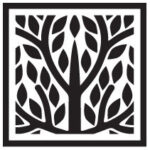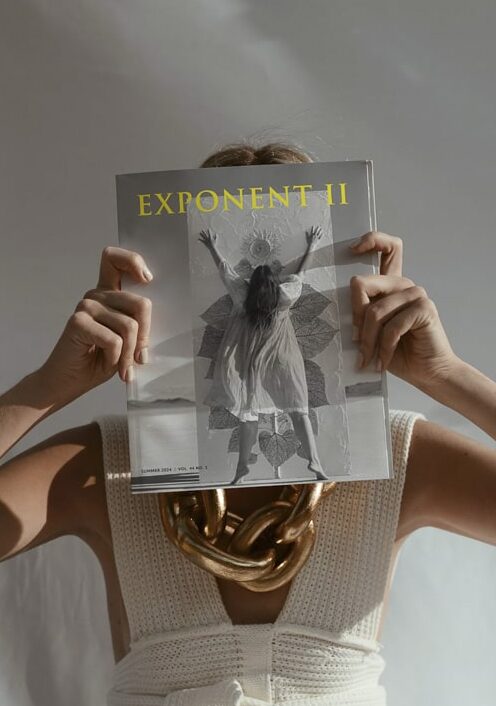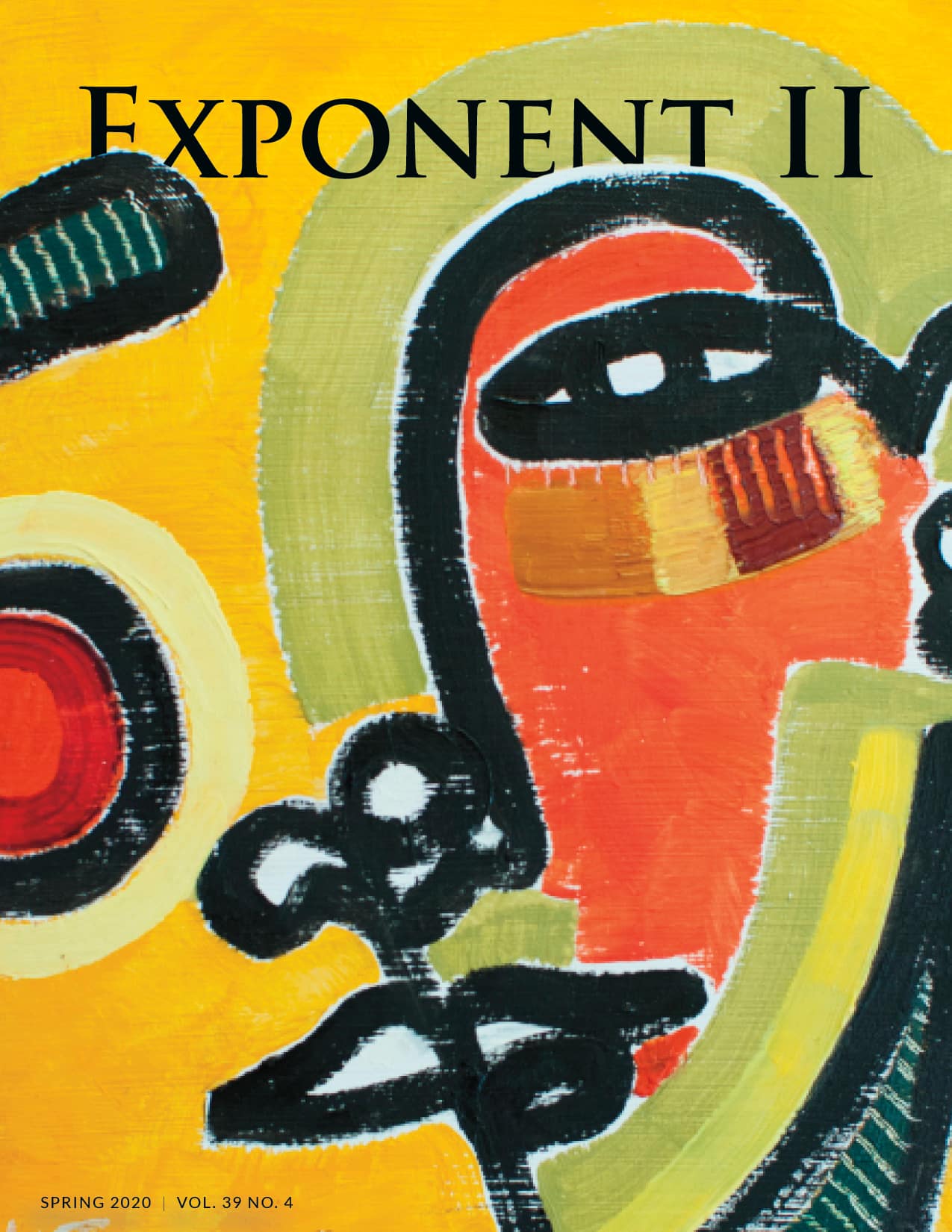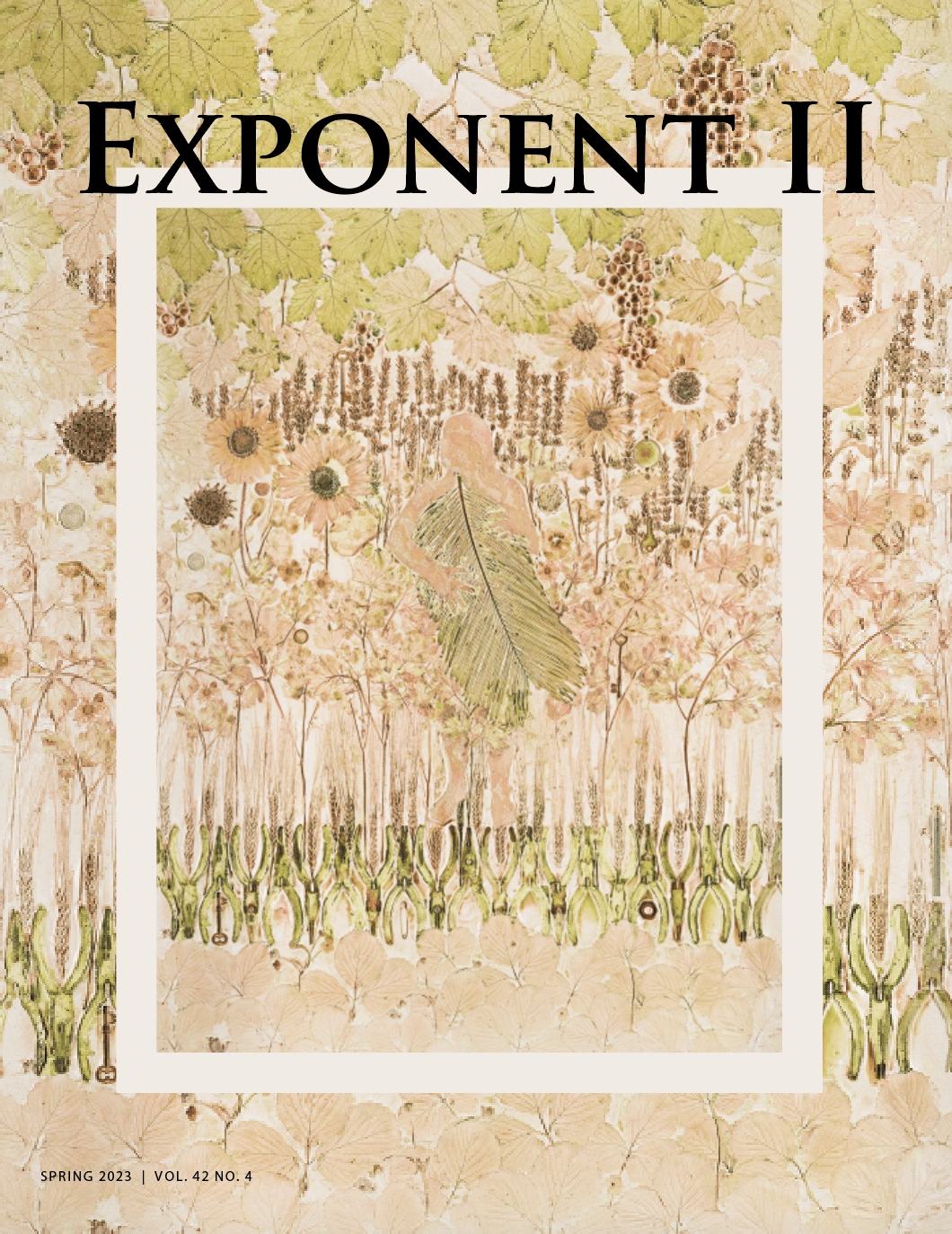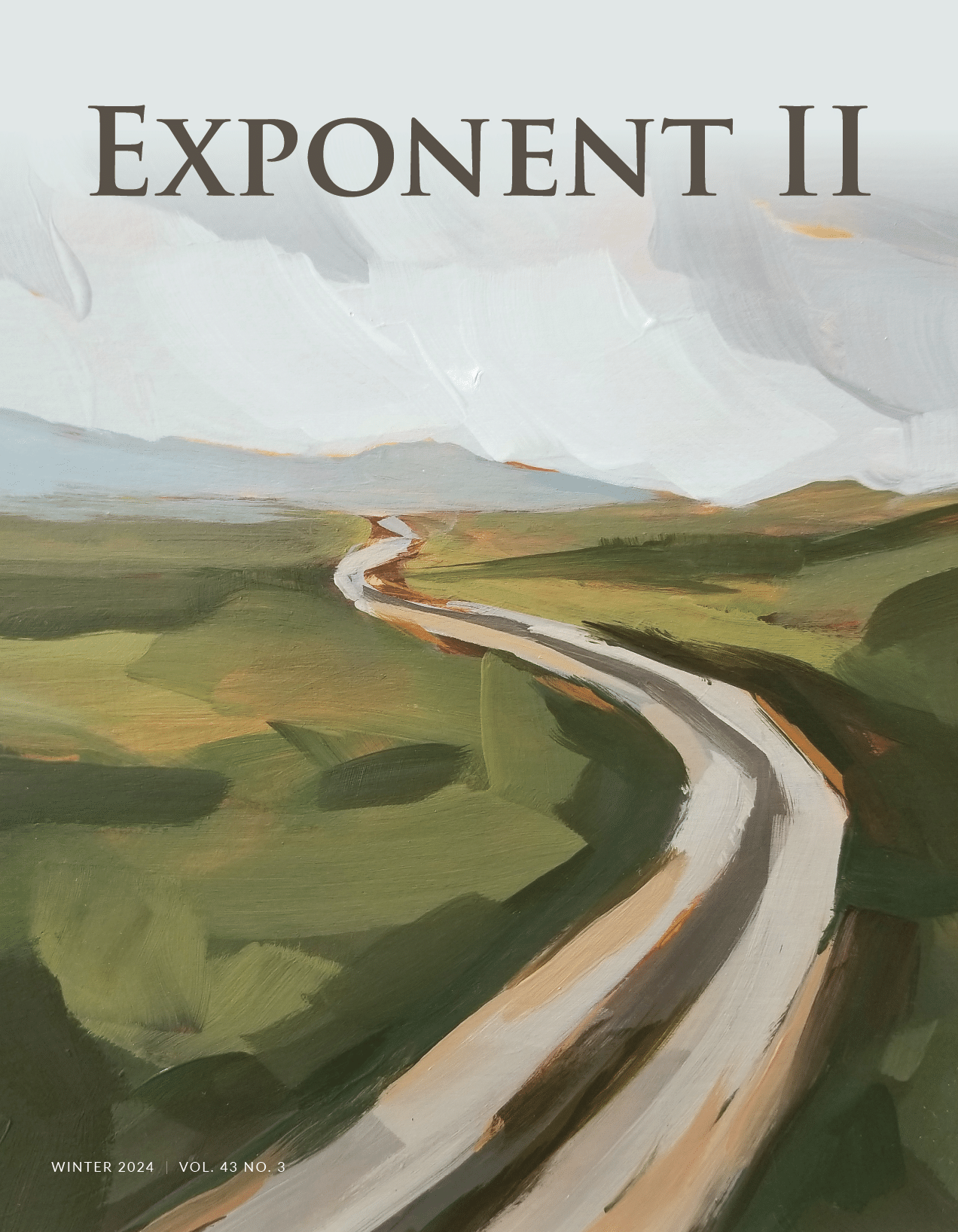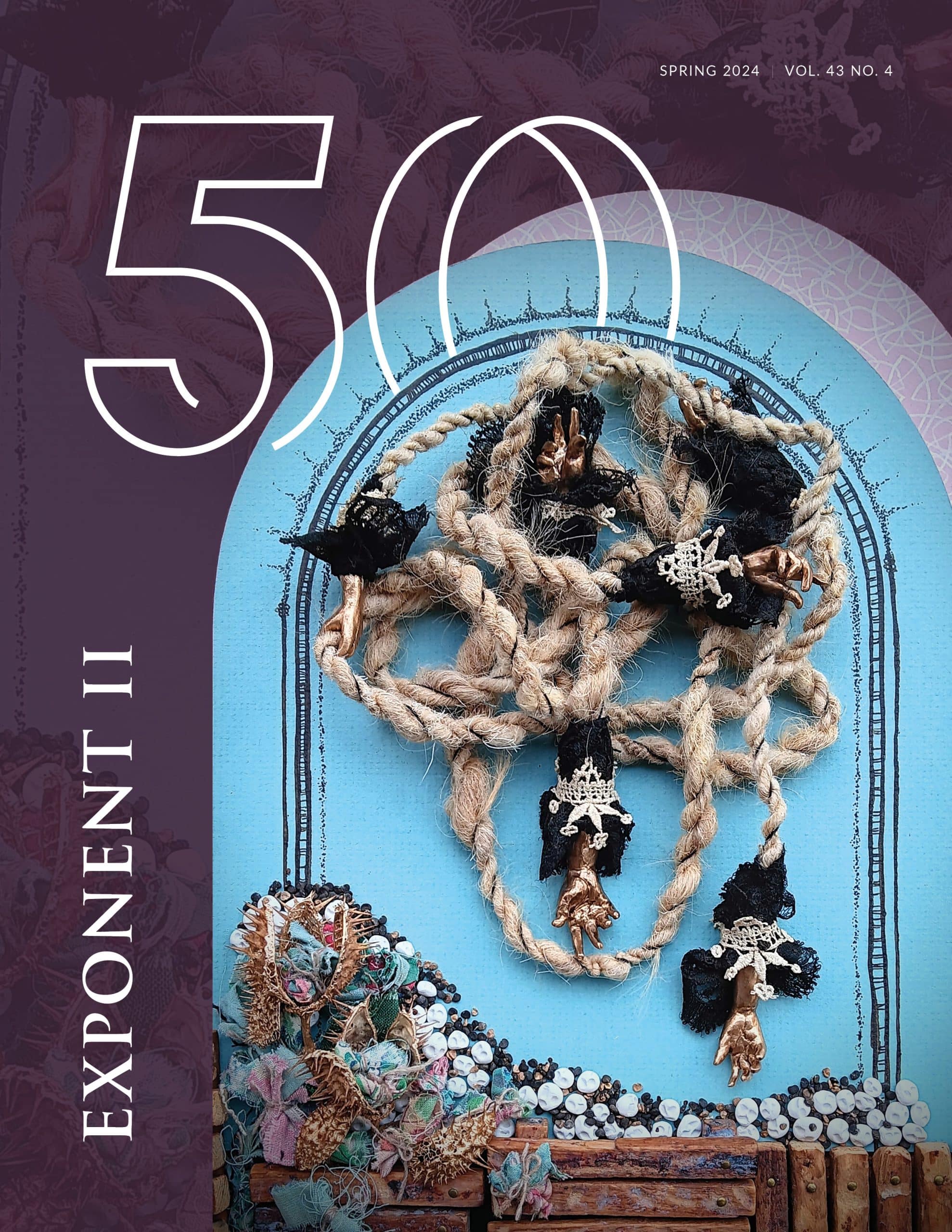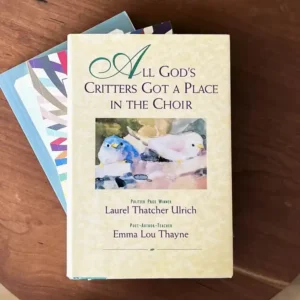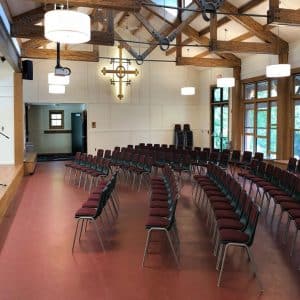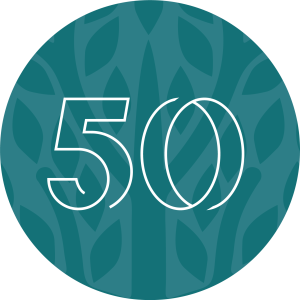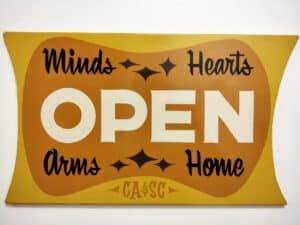In middle school, the color scheme of my school’s lockers was 1970s orange, mustard, and brown. My English textbook — sporting a gray cover with the corners scuffed enough to show the brown cardboard inside — had glossy pages showcasing a painting or photograph with each poem and story. And, of course — as much an archetypal experience as the look and smell of my middle school — I was given the class assignment to memorize and perform Robert Frost’s “The Road Not Taken,” which page showed a photo of a yellow-leaf birch forest and a split in a dirt road.
Two roads diverged in a wood, and I — I took the one less traveled by, And that has made all the difference.
I think the point was to instill a hearty work ethic, as well as a dose of fear, so we did not grow up and “waste” our lives. Frost’s words I’d memorized are so often cited that they border on inspirational cliché. However, years later, I realized that these emphasized lines refuse to take the poem as a whole. At last, the meaning got flipped on its head. The poem is titled, “The Road Not Taken,” not “The Glorious Road I Took.” Frost also writes,
I shall be telling this with a sigh Somewhere ages and ages hence:
Looking back at the closing line of his poem, “and that has made all the difference,” now feels twisted. It was never about there being a “right” or “always superior” path when that isn’t always the case.
Our lives are filled with so many constraints. For example, for a long time I judged my mom for being “only” a cheerleader in high school. Only recently did I realize she didn’t play other sports because there wasn’t funding for girls sports at that time. My coworker from the same generation as my mom admitted she would have played hockey if she could. Was her failure to play hockey a lack of effort on her part? Uninspired laziness? Of course not. There were very real limitations for what she could do. There are real constraints for all of us, and we would be wise to bolster our pasts with our present compassion. Many of us grew up in a church that taught free agency and to “choose the right,” when in reality, there are so many impediments to real choice. I was socialized to make the “best” choices, and I agonized over them. I was taught that others made bad choices, and that’s why their lives were bad. If our paths lead anywhere, let’s hope it is toward empathy, compassion, and awareness of our powerlessness at times. Through this, we can also find purpose and beauty as we learn acceptance, keep trying, and explore questions with curiosity as we grow.
The contributors to this issue were asked to respond to the question, “What was your road not taken?” The results are luminous. The angst of decisions and studying bygone years, as well as reforging spiritual paths, are palpable in C. Chanel Earl’s fictional story in addition to essays by Emmaly F. Renshaw, Aislynn Collier, and Lauren Palmer-Merrill. This issue also has fantastic reflections on dating from Madyson Ysasaga and Tesia Tsai, along with a lyrical, layered flashback to a childhood crush from Heather Sundahl. And for the tension often found in navigating career vs. home life, words by Cherie Taylor Pedersen speak of her own life alongside Lorraine Jeffery’s experience with adoption and Ashley Groesbeck’s journey with family planning. Bone-deep peace, such as the kind found in essays by Liz Malone, Janessa Margaret Ransom, and Amanda B. Erdmann, also show the beauty found along the rocky way. Our powerful poetry contributions — words by Dayna Patterson, Terresa Wellborn, Sadie Marie, Heidi Naylor, and Emily Parker Updegraff — in addition to the artwork by our incredible artists, makes this a true collection of voices (and choices) to reckon with.
A few years ago, I learned the phrase: “acceptance allows our brains to explore new possibilities.” Rather than raging at the what-ifs and could-have-beens, there is power in reflection and acceptance, and acknowledging what’s really happening can let us then get to the next step of change. The next best step is not the “right one,” it is the next one.
To be clear, I am not promoting toxic positivity — that is not my vibe. But I hope we can breathe compassion into all of our achy joints and corners of our bodies and hearts and minds — over our stumblings and hurts. The essays, poems, features, and artwork in this issue offer vicarious explorations of the other roads while the speakers make peace at all points along the way toward an unwieldy destination. They are lights along the path.
(Photo by Giuliano Gabella on Unsplash)

